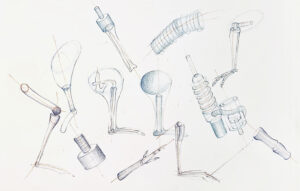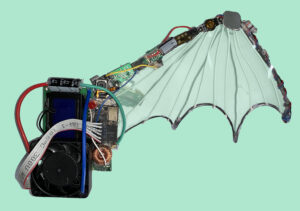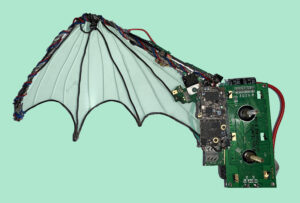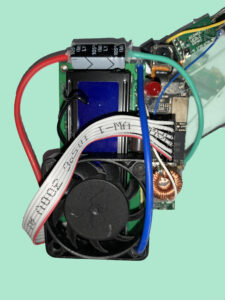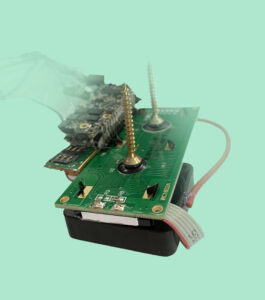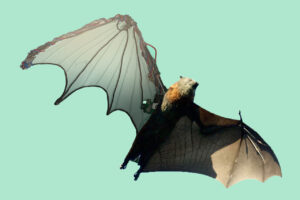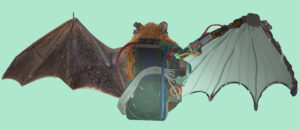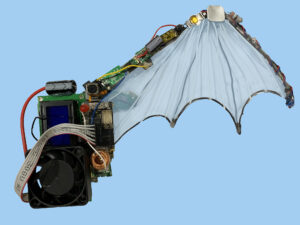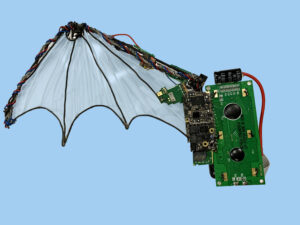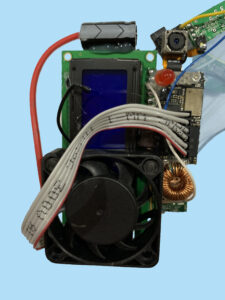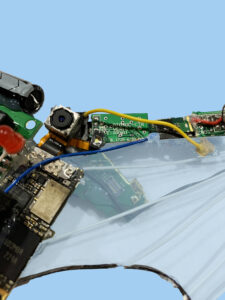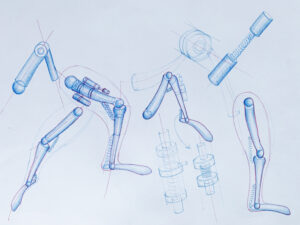
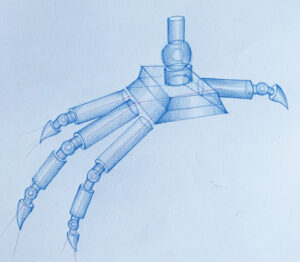
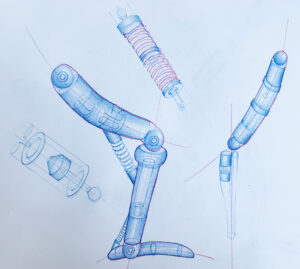
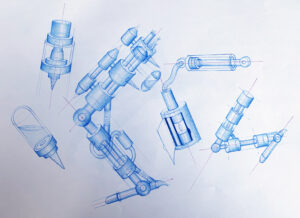
Week 2
At the start of the week I decided I wanted to create a science-fiction permanent prosthesis that–were it a functional prosthesis–would drastically enhance the natural performance of a certain animal rather than an armour for an animal. First I had to choose a species that had an interesting limb that would make the sculpture and the process of making it more enthralling. I chose the wing of a Mediterranean horseshoe bat which has many little intricacies that make it intriguing. Earlier this week I also had to decide on the materials I would use. I wanted them to be sustainable, but not obvious. During my brainstorming session I remembered that my family had a lot of electronic waste. I got to work, by disassembling old chargers, phones, computers, wires and salvaging parts of them that I saw most useful for the creation of my sculpture. In the final sculpture I plan on incorporating led lights that will light up certain parts of the wing. The inspiration for using LED lights is Mario Merz, an Italian Arte Povera artist. He uses them to evoke memories of cheap stores with kitsch LED signs up front. What is interesting is that I will use the same lights, but for a completely opposite concept. The lights will give my sculpture a futuristic look, and give the viewer the impression that this is a working prosthesis brought back from the future.
In order to get a better idea of what the sculpture will look like, I created several preliminary sketches of different designs and concepts. After reaching a better understanding of my sculpture’s appearance, I created a wire skeleton that would support the whole structure of the wing and the different electronic parts attached to it. The wire that I used was from an old failed sculpture of mine. The wing itself is about 13 centimeters long, which is the accurate size for the Mediterranean horseshoe bat’s wing.
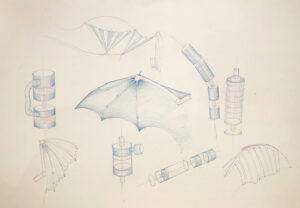
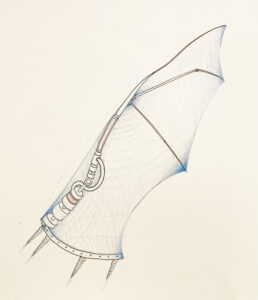
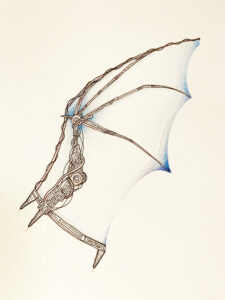
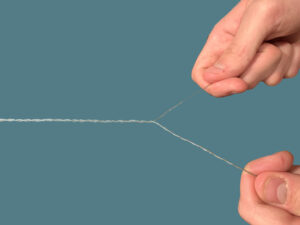
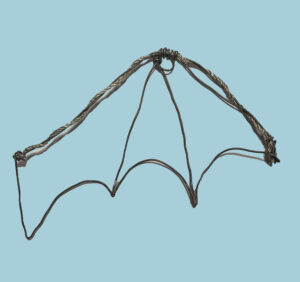
Week 1
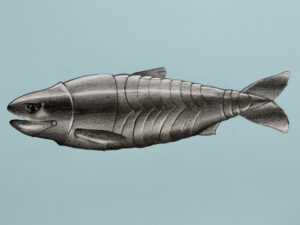
During the first week, I planned to get a general idea of what I would like my sculpture to be about. After some reading and browsing through articles, videos, and sites about the environment, I stumbled upon images of prostheses for exotic animals, such as dolphins, elephants, or even alligators. I decided that I wanted to create a sculpture imitating, building on or indulging in some kind of technological enhancement like an armor or an exoskeleton that would increase an individual animal’s chance of survival in the wild. It goes without saying that the sculpture itself is not going to be functional or usable in any shape or form. Of course this idea sounds silly and comedic, but also it can be treated as a suggestive metaphor for how far humans are today ready to go to save an animal’s life. Even simple prostheses that are given to penguins evince that humans are starting to treat other species as equal, requiring as much care, attention, and resources as humans.
Theodor Seuss Geisel, known as Dr. Seuss, created, in the 1930s, a series of eighteen sculptures belonging to a series called Unorthodox Taxidermy. The sculptures depict realistic representations of Dr. Seuss’ imaginary creatures done in his peculiar style. The sculptures contained real horns and beaks from exotic animals, because Dr. Seuss’ father was the director of the Springfield Zoo and when a certain animal passed away, he gave parts of the remains to Dr. Seuss who was living in New York at the time. This series shows a similar kind of comedy and absurdity that I want to incorporate into my own practice during this project. To be sure, in terms of sustainability, my project will be moving in exactly the reverse direction of Dr. Seuss’s series, for he shows trophies made out of phantasmagoric comic-book characters. Mine will be phantasmagoric images that draw inspiration from the recent project of prosthetic devices for maimed animals.
An artist that clearly demonstrates how all species can be seen as equal is Kate Clark, an American sculptor that grafts human faces onto the bodies of animals. This creates a slightly disturbing but captivating result. Clark’s sculptures help put things into perspective and humanize animals in an unorthodox, but successful way.
